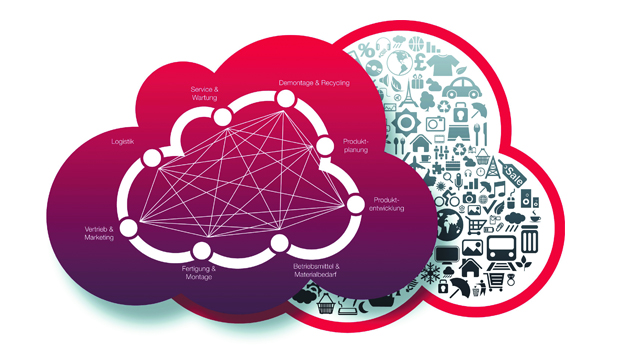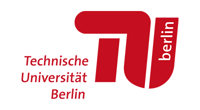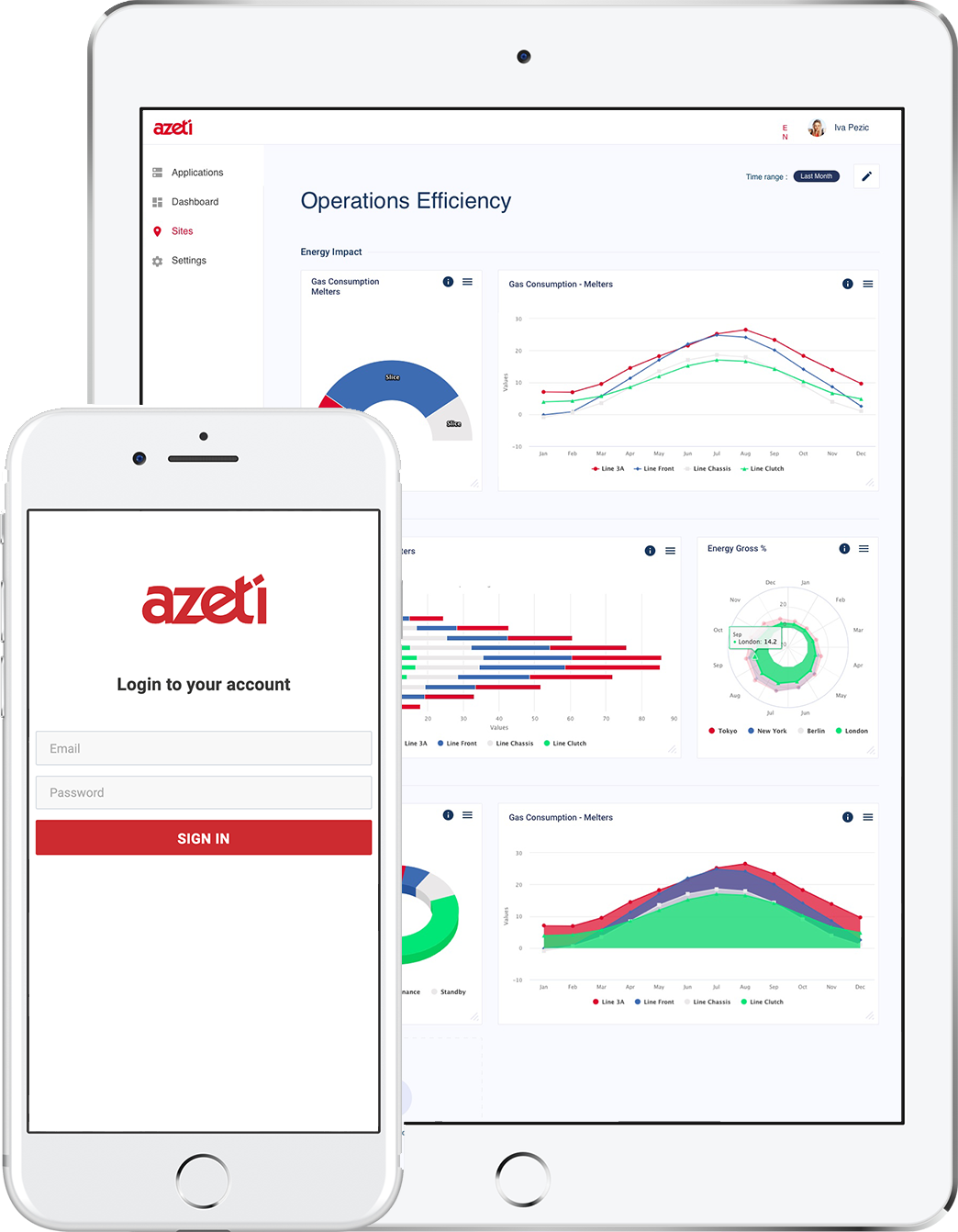Secure Fog
In logistics, there is a high density of data that must be accessed at different locations and by different people. A multitude of information about the goods to be transported is crucial: weight, dimensions, contents (dangerous goods, fragile or perishable goods), temperature, humidity (important, especially for the transport of perishable goods), customs information (time, annotation), last opening of the container (time, person), destination, starting point, position log (GPS), and, if necessary, a multitude of other parameters.
This information is required continuously throughout the transport process, as it is dependent on fuel quantities, loading position and customs restrictions, for example. However, it is not optimal to provide this information continuously via cloud, although it can be collected and provided locally by sensors on the container and local gateways. Local access to this information via a "new" connection layer can make a significant contribution to increasing efficiency both in logistics and in many other application areas in the (future) Internet of Things (IoT) (shorter provisioning times for data, less data traffic between gateway and cloud, better utilization of local hardware resources, lower energy consumption of end devices). The link layer of high-performance edge devices is called the "fog layer". The development of a secure fog layer is the central subject of the investigations and innovations in the "SecureFog" research project.
With SecureFog, a secure and at the same time highly efficient IoT platform, exemplary for logistics, is provided and demonstrated for the first time. The innovative security mechanisms of SecureFog are precisely tailored to the requirements of the industrial environment. SecureFog provides both users and service providers with a powerful development environment for fast and secure services in (industrial) IoT.
Our project contribution:
- Definition of the requirements for Securefog
- Creating the system architecture (functional and security architecture)
- Development of a practical demonstrator and reference scenarios
- Inclusion and coordination of industry-specific customers and partners
Further project contributions:
Freie Universität Berlin
The Identity Management working group at the FU Berlin exists since November 2014, the Heisenberg group Information and Communication Theory since September 2015, both groups are concerned with the design and evaluation of cryptographic protocols and usable, secure software and IT systems, especially in the context of the Internet of Things. In doing so, the two working groups develop a highly innovative research approach in close cooperation with the combination of hardware- and software-based security anchors. Based on theoretical work on the formal modelling and analysis of both physical random number generators and Physec-based security mechanisms (taking into account limited hardware resources), cryptographic methods for the implementation of the protection goals will be developed, including these security components.
PHYSEC GmbH
PHYSEC GmbH offers innovative security concepts for authentication and encryption in the Internet of Things. The PHYSEC technology is based on the unique combination of complexity and information-theoretical cryptography. Through close cooperation with renowned national and international institutes and universities, PHYSEC is constantly working to improve and develop the technology.
Technische Universität Berlin
The Telecommunications Networks Division (TKN) at TU Berlin is one of the leading research groups in the field of network technologies. TKN is engaged in the design and evaluation of architectures and protocols for communication networks in wireless mobile communication systems with special emphasis on performance optimization and quality assurance (QoS).
In the project SecureFog TKN leads the research activities focusing on the development of scalable fog protocols and their evaluation in the TWIST testbed:
- Energy efficient network joining
- Proactive caching of security information
- Orchestration of service components
- Performance evaluation













